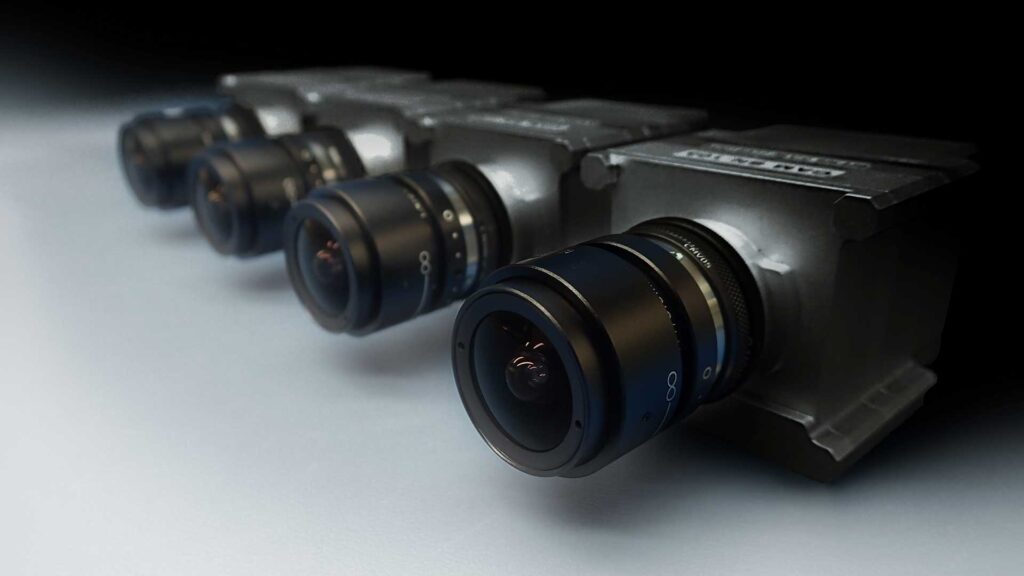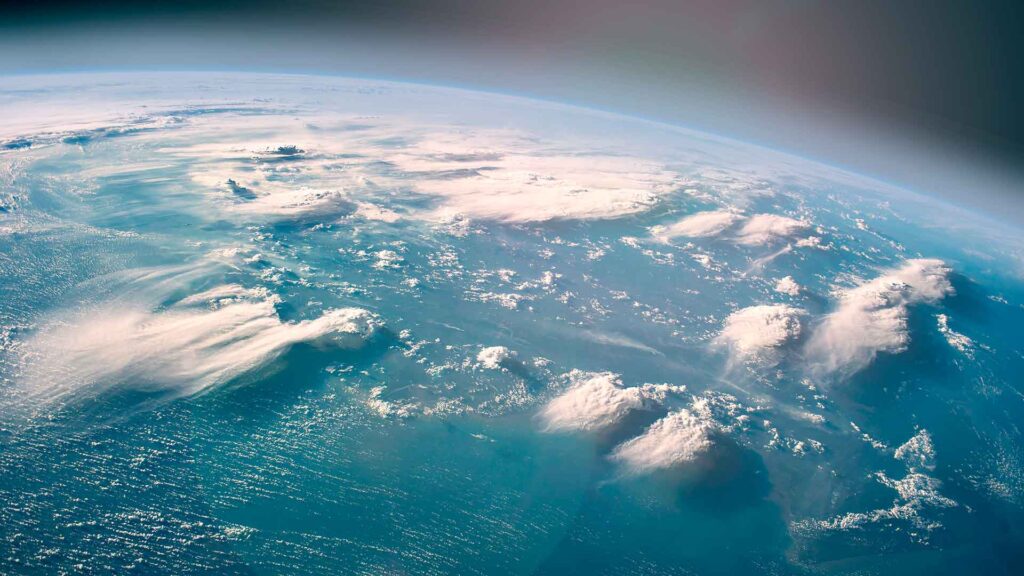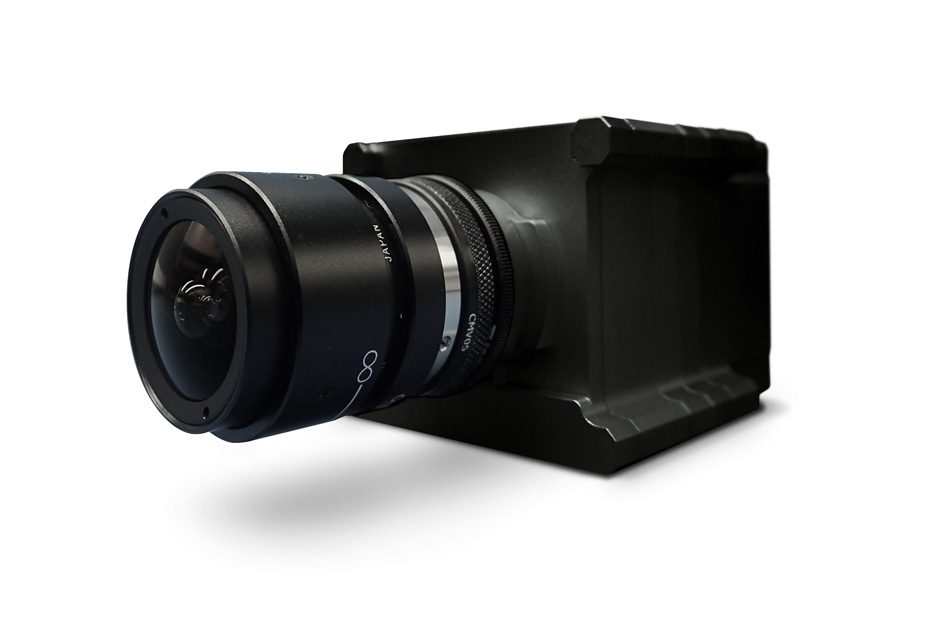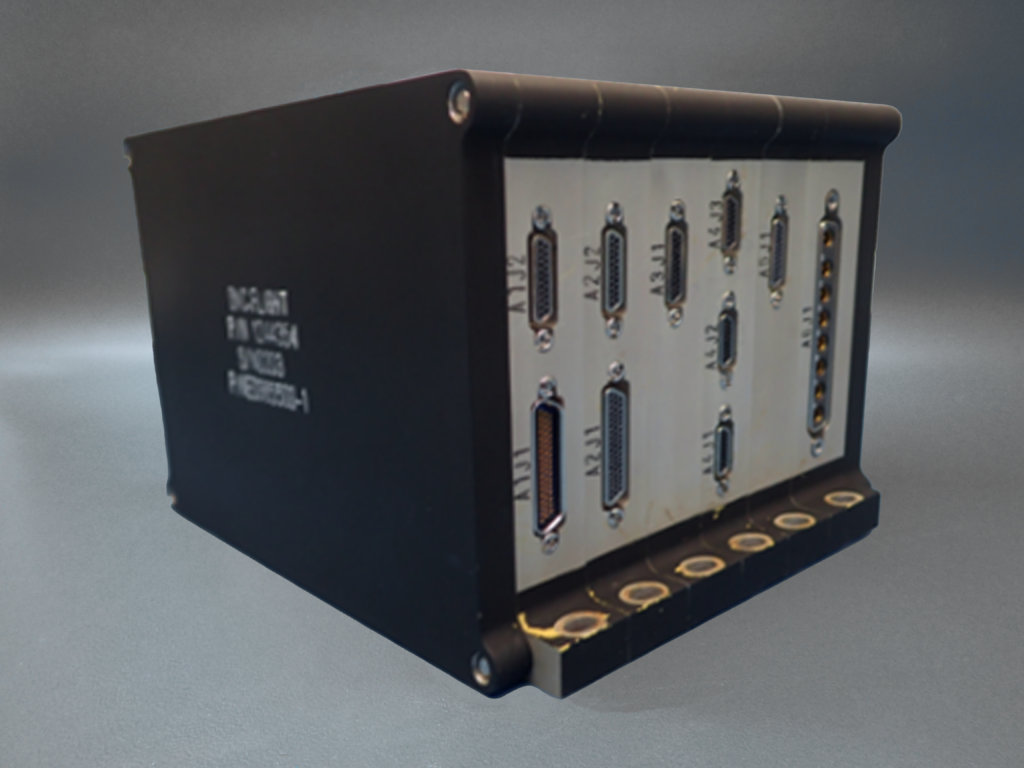
Satellite camera systems have played a crucial role in advancing our understanding of space technology and the natural world. They provide invaluable insights and information during space missions, offering detailed views of rockets and spacecraft, our planet, the Moon, our solar system, and the expansive universe beyond.
Since their inception, these sophisticated instruments have undergone remarkable evolution. In this guide, we will delve into the world of satellite camera systems, exploring their various types, advanced features, and the diverse range of applications they serve within the space sector.
How have satellite camera systems evolved?
The journey of satellite cameras began in the 1940s, closely intertwined with the progress of technology. Initially, these cameras were relatively simple, film-based devices used for capturing low-resolution images of Earth’s surface for scientific and military applications. However, as technology advanced, so did the capabilities of these imaging systems. The advent of digital avionics, imaging sensors, and the miniaturization of components propelled the development of more powerful and versatile satellite cameras.
In 1946, the V-2 rocket became the first object to capture a photograph of Earth from outer space. A significant milestone followed in 1959 when Luna 3 provided the first full view of the far side of the Moon with considerable quality.
Today, advancements in sensors, optics, software, and processors have revolutionized space cameras. These modern systems are capable of capturing images in various spectral bands, such as Visible (SD, Full HD, 4K), LWIR, SWIR, VNIR, and Cooled MWIR, tailored to the specific purposes of each mission.
Four main categories for use cases of satellite camera systems
Space camera systems can be broadly categorized into four main groups based on their intended applications. Imaging systems must undergo rigorous testing to ensure their quality, proper integration, and optimal performance.
- Earth observation:
Optical payloads or cameras aboard satellites are vital components in Earth observation space missions. These camera systems are outfitted with advanced imaging sensors and lenses, allowing them to capture detailed images of our planet from space.
Designed specifically for high-resolution imaging of Earth’s surface, optical payload serve a range of applications including scientific research, environmental monitoring, urban planning, defense, and disaster management.

- System monitoring:
The integration of imaging and video cameras on rockets, satellites, and other space platforms like the International Space Station (ISS) is widespread. These cameras serve various purposes, including verifying the performance of system elements and events during launches, such as rocket staging, fairing deployment, spacecraft ejection, and operations on satellites like antenna and solar panel deployment, sensor mechanical operation, and subsatellite ejection.
On the ISS, these systems are utilized to monitor robotic arm operations, as well as the arrival and departure of cargo and crew vehicles. In both rockets and spacecraft, onboard imagers also capture nearby phenomena such as rocket plume effects, as well as provide awareness of distant objects such as other satellites.
- Space exploration:
Space exploration missions involve the international scientific community collecting data and information to explore and deepen our understanding of various celestial bodies such as the Moon, other planets and moons, asteroids and comets, the Sun, galaxies, and nebulae.
In these missions, custom-designed cameras, sensors, and systems are onboard satellites, landers, and rovers to gather a diverse range of data. This data is then processed and analyzed to generate valuable information and knowledge. For instance, the Perseverance rover, active on Mars since 2020, is equipped with 23 cameras specifically designed for engineering and scientific tasks.
- Surveillance:
Space imaging and video systems serve as vital tools for generating information and insights crucial for security and defense purposes. Governments and armed forces depend on this essential information for monitoring adversary activities during conflicts, supporting warfighting efforts, and aiding in natural disaster assessment and response planning, as well as other civil emergencies.
Space missions: from high-reliability and rad-hardened systems to rad-tolerant or standard-level systems
In the realm of space missions, reliability and durability are paramount. Flight-proven and rad-hard camera systems are meticulously engineered to endure the unforgiving conditions of space, including intense vibrations, extreme temperatures, and exposure to radiation. These cameras boast a space heritage, having proven their effectiveness in past space missions. Their sturdy construction and radiation-hardened components guarantee flawless functionality in the demanding space environment.
The determination of product grades for the system’s operation depends on the mission type and its specific requirements. This can range from high-reliability and rad-hardened systems to rad-tolerant or standard-level systems, each tailored to meet the demands of the mission at hand.
How to choose the most suitable satellite camera systems for your mission?
When choosing a satellite camera for a particular mission, several factors come into play. The first consideration is the mission requirements, which encompass the intended purpose and duration of use, the desired number of views, field of view, resolution, spectral bands, and imaging capabilities such as frame rate and image compression.
Secondly, the reliability and durability of the camera system are crucial factors to consider. This aspect is often driven by how critical the system is for the mission’s success and the environment in which the host platform will operate and for how long.
Finally, the cost and availability of the camera system components also significantly influence the decision-making process. Balancing these factors ensures that the selected satellite camera meets the mission’s specific needs while also being reliable, durable, and cost-effective.
The future of satellite camera systems technology: trends and developments
As technology continues its rapid advancement, the future of satellite camera technology appears promising. One key trend is the miniaturization of cameras, making them more suitable for smaller satellites in terms of mass, power, or size.
Additionally, there is a growing interest in the development of AI-powered image processing techniques, which have the potential to significantly enhance the quality and utility of images captured by satellite cameras. Furthermore, advancements in sensor technology, such as the introduction of new spectral bands and higher sensitivity detectors, will further expand the capabilities of satellite cameras.
Satellite camera systems have not only enhanced our understanding of the engineering aspects of rockets and space vehicles but have also revolutionized our comprehension of the solar system and the vast universe beyond. These remarkable instruments have become an integral part of space mission engineering and exploration, consistently proving their value.
As technology continues to evolve, we can anticipate even more advancements in satellite camera technology. This will open up new possibilities for providing technical insight into our space systems and for delving deeper into the mysteries of the solar system and the cosmos.
Discover more about our camera systems for space!





